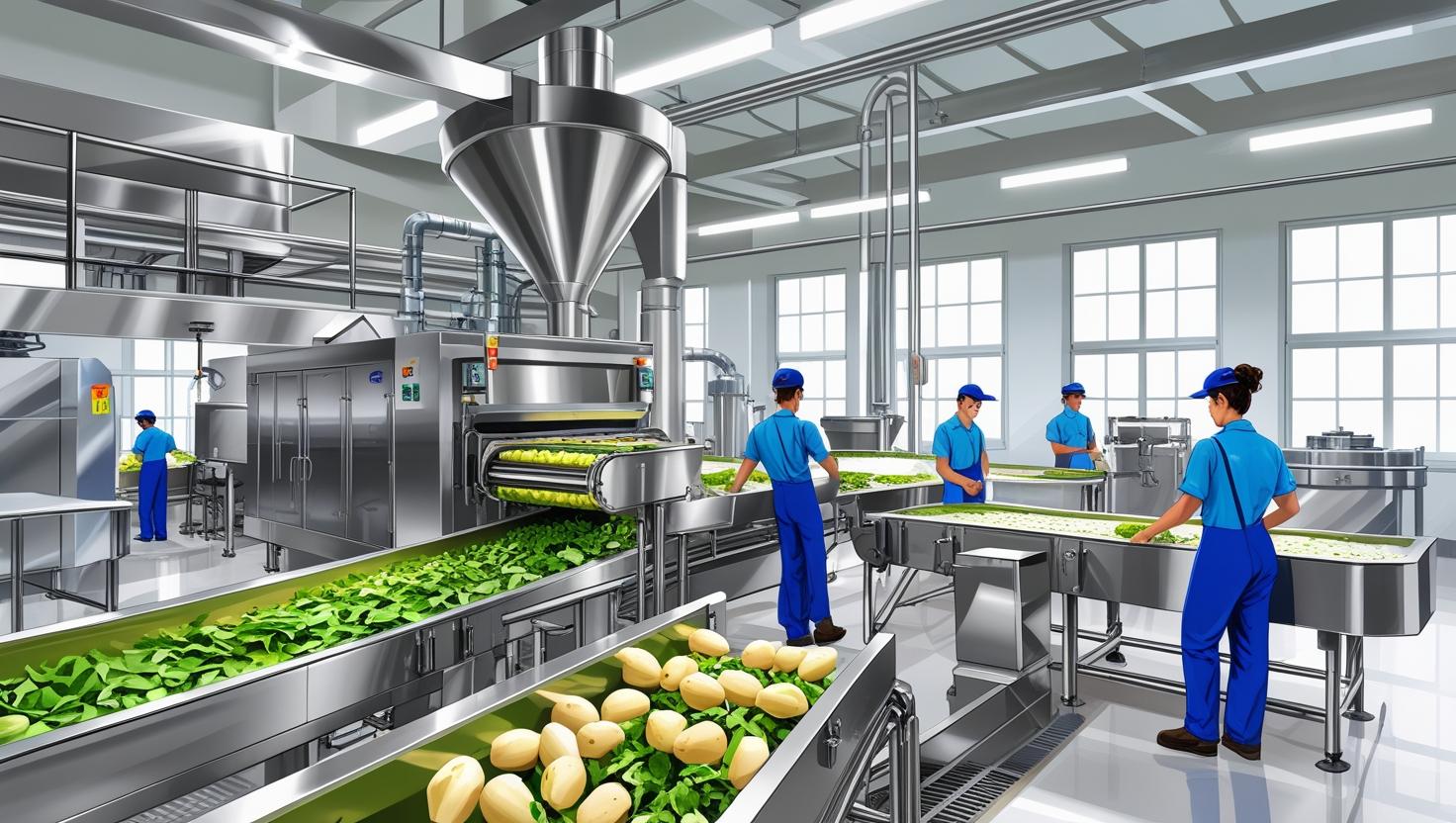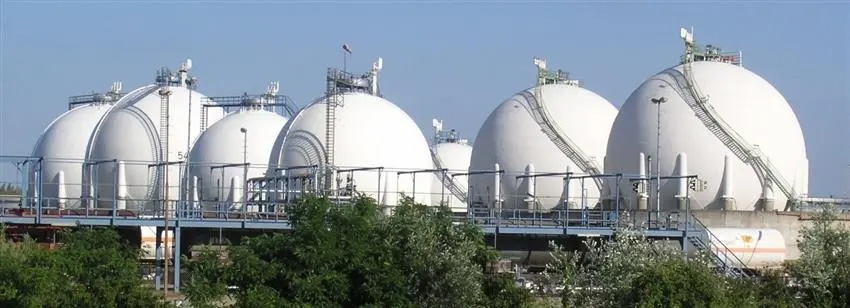These requirements are applicable to new or significantly rebuilt machinery.

Food and beverage automation safety insights
Automation has gained plenty of traction in the food and beverage processing industry thanks to benefits including cost savings, labor reduction and increased food safety. However, a slew of national and international guidelines and requirements has made owning automation equipment more complex than ever before — with risk assessments an especially gray area. The good news? Clearer risk assessment requirements have arrived from the International Organization for Standardization (ISO) and The American National Standards Institute (ANSI), offering more consistent expectations.
Traditional PHAs: a fuzzy definition for risk assessments
In the refrigeration industry, employers, of course, must conduct a process hazard analysis (PHA) to identify, evaluate and control the hazards of the process for OSHA compliance. The employer’s PHA must address the engineering controls and administrative controls applicable to the hazard (i.e. what controls are in place and what safeguards exist that would likely prevent an incident from occurring following an initiating event). However, a traditional PHA only has methods to determine if engineered controls are required but doesn’t define the degree of coverage and reliability.

ISO and ANSI offer clarifications
In the past, engineering controls risk assessments were perceived as a black art, only performed empirically through failure mode analysis methods by mathematicians for extremely hazardous processes. However, the following two risk assessment standards greatly simplify the process:
- ISO 12100:2012 Safety of machinery – General principles for design – Risk assessment and risk reduction
- ANSI B11:0:2010 Safety of machinery – General requirements and risk assessment
These standards direct the analyst to quantify both the hazard requiring an engineered control and the engineered controls performance requirements (e.g. safety integrity level). The quantitative outcome of these standards’ risk assessment provides a more consistent solution versus a traditional PHA.
OSHA’s current standard for process engineering controls
The current standard for process engineering controls is ANSI/ISA – S84.00.01-2004 Parts 1-3 (IEC 61511 Mod) “Functional Safety: Safety Instrumented Systems for the Process Industry Sector.” OSHA considers this standard to be recognized and generally accepted good engineering practices for safety instrumented systems (SIS).
Therefore, if an employer chooses to use S84.00.01-2004 Parts 1-3 as a basis (“code or standard employed”) for SIS, and meets all S84.00.01-2004 Parts 1-3 requirements and other OSHA PSM requirements related to SIS, the employer will then be considered in compliance with OSHA PSM requirement for SIS.
Considerations for risk assessments and hazard reductions
When following such standards, ensure your risk assessments and hazard reduction address the following key elements:
Risk assessments
- Analyze all hazards on the machine based on:
- Severity
- Probability
- Avoidance levels
- Define the hazards and methods to remove the hazards
- Create and perform a plan to reduce those hazards
Hazard reductions
- Apply complementary protective measures to ensure your mechanical design is safe
- Implement the proper safeguards, such as:
- Redesign the machine
- Apply fixed guards, placards, stickers, warners
- If the hazards cannot be reduced, employ a complementary measure of automation safety systems such as:
- A door
- White curtain
- Anything that will stop or remove the energy from the hazard to protect the person. For example, installing a computer that will automatically keep the PERSON away from the hazard
- Other safeguards may include:
- A fence/plexiglass
- Metal wall adjustable guards
- Moveable guards.
Remember, it’s up to the plant owner (not the machine manufacturer) to maintain these safety standards.
– Paul Gobeille is the senior automation project engineer Stellar. This article originally appeared on Stellar Food for Thought blog. Stellar is a content partner of CFE Media.
Stellar is a CSIA member as of 7/6/2015



